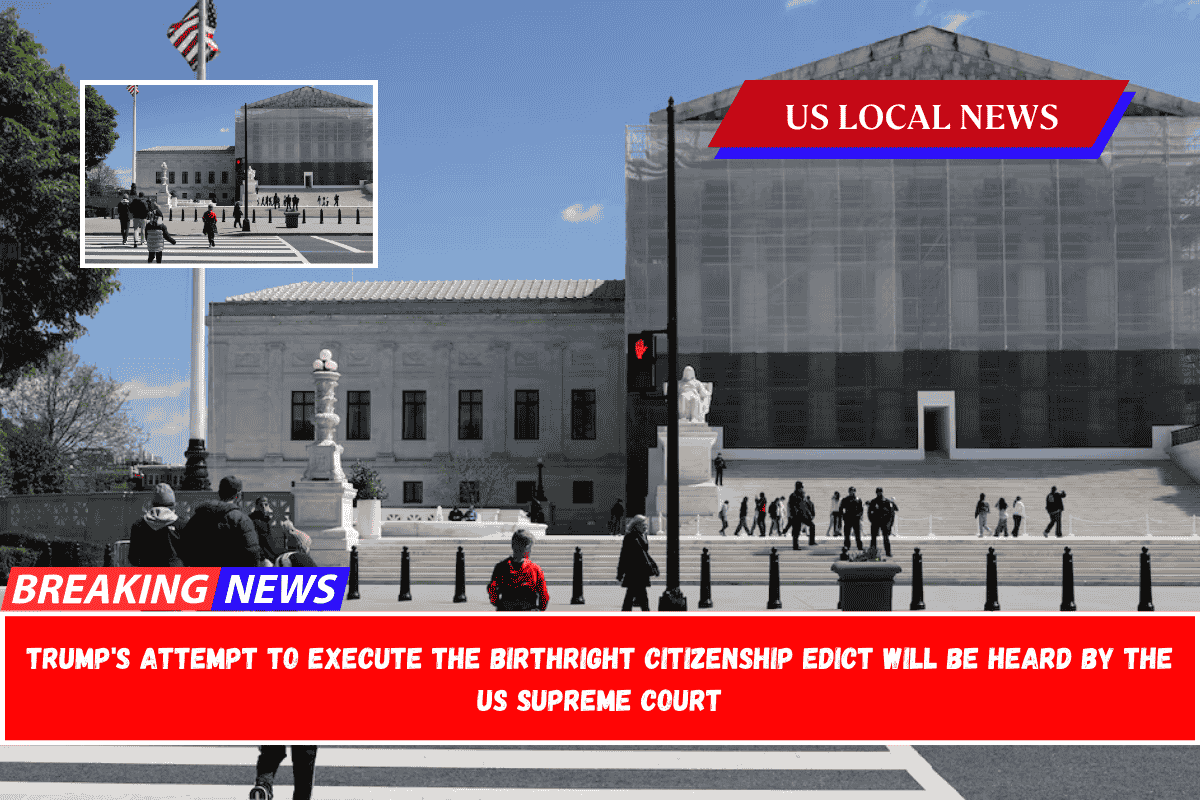Married student loan borrowers are sighing with relief after the Department of Education reversed course on a key repayment program decision.
The federal agency reversed a comment that raised concerns about how monthly payments for income-driven repayment (IDR) plans would be calculated.
IDR plans are a type of federal student loan repayment program that calculates a borrower’s monthly payments based on income and family size.
According to federal law, married student loan borrowers who file their taxes jointly with their spouse and are enrolled in an IDR plan have their payments calculated based on their household income.
Borrowers who file individual tax returns, on the other hand, should have their monthly payments calculated based solely on their income, rather than the borrower’s and spouse’s combined income.
According to current legislation, “for married student loan borrowers who file separate income tax returns, the Department of Education ‘shall calculate the amount of the borrower’s income-based repayment under this section solely on the basis of the borrower’s student loan debt and adjusted gross income.'”
Many married taxpayers who file separately from their spouse pay higher taxes because they are unable to claim certain deductions.
Previously, a top Department of Education official filed a court declaration stating that married borrowers who filed their taxes separately would still have their spousal income considered when calculating IDR payments.
The repayment program statement appeared to contradict long-standing federal rules, prompting a backlash from married student loan borrowers.
However, the Department of Education official submitted a corrected declaration to the court this week, retracting the concerning statement.
BACK AND FORTH
The concerning development occurred during a legal challenge to the SAVE plan, a student loan repayment program designed to provide borrowers with more affordable IDR options.
IDR processing was halted last spring after a court issued a preliminary injunction blocking certain aspects of the SAVE plan, particularly how spousal income is treated for married borrowers filing separately.
In response, the Department of Education temporarily halted all IDR processing in order to update the application system.
In March, the American Federation of Teachers filed a lawsuit against the Department of Education, arguing that such a broad shutdown of the IDR system was illegal and would prevent borrowers from making affordable loan payments and progressing toward Public Service Loan forgiveness.
In response, the Department of Education filed court papers last week, stating that processing of ICR, IBR, and PAYE applications would resume in the coming weeks.
However, a sworn declaration filed by acting undersecretary James Bergeron on Friday raised immediate concerns among borrowers.
Biden’s previous student loan forgiveness plan
Before the most recent SAVE plan changes, the Biden administration had proposed a separate student loan relief initiative aimed at helping:
- Those who have balances bigger than what they originally borrowed due to interest
- Those who already qualify for student loan forgiveness under existing programs but have not applied
- Those who entered repayment at least 20 years ago
- Those who enrolled in “low financial value” programs, leaving students in debt but without good job prospects
- Those experiencing financial hardship
“Education expects that by May 10, 2025… married borrowers filing separate income tax returns or separated from their spouses will have spousal income counted for the purposes of calculating monthly payment amount under IDR plans, which is a required consequence of the Eighth Circuit’s opinion,” according to its declaration.
The statement appeared to contradict federal statutes, raising concerns among married borrowers that their monthly payments would increase even if they filed their taxes separately from their spouse.
Bergeron eventually backtracked on his previous declaration, filing an amended version on Tuesday.
“Education expects that by May 10, 2025, servicers will implement the treatment of spousal information for ICR, IBR, and PAYE such that married borrowers filing separate income tax returns or separated from their spouses will have the spouse counted in the family size for the purposes of calculating monthly payment amount under IDR plans, which is a required consequence of the Eighth Circuit’s opinion directing a broadened preliminary injunction,” according to the revised declaration.
PAYMENT IMPLICATIONS
Bergeron’s revised declaration clarified that, under federal law, spousal income is not considered in a borrower’s monthly payment calculation if they file their taxes separately.
This means that married student loan borrowers will not see a significant increase in their monthly payments; in fact, they may decrease, according to the amended statement.
The SAVE plan aimed to reduce monthly student loan payments, with a key component addressing married couples filing taxes separately.
Originally, the plan only considered the borrower’s income and family size, not the spouse’s.
However, a court ruling overturned this portion of the plan, effectively reinstating the old rules.
The change means that, even if a married couple files their taxes separately, the borrower’s spouse is considered when calculating family size.
Income-driven monthly payments are calculated using both income and family size, with a larger family size resulting in a lower monthly payment.
As a result, some borrowers may see lower monthly student loan payments.
The US Sun previously interviewed a money expert who paid off $173,000 in student loans in less than two years and shared seven tips.
Learn everything you need to know about student loan repayment.










